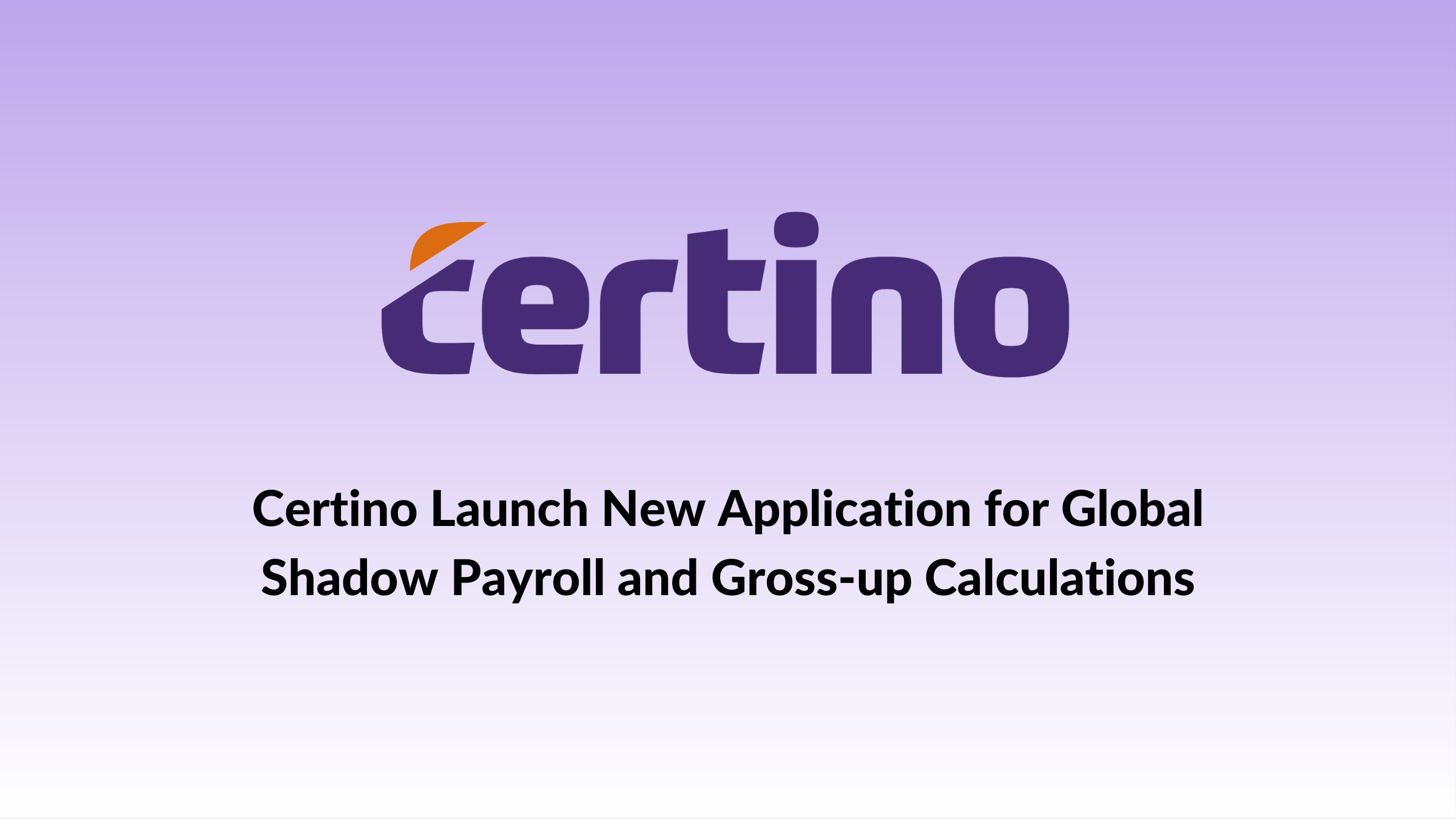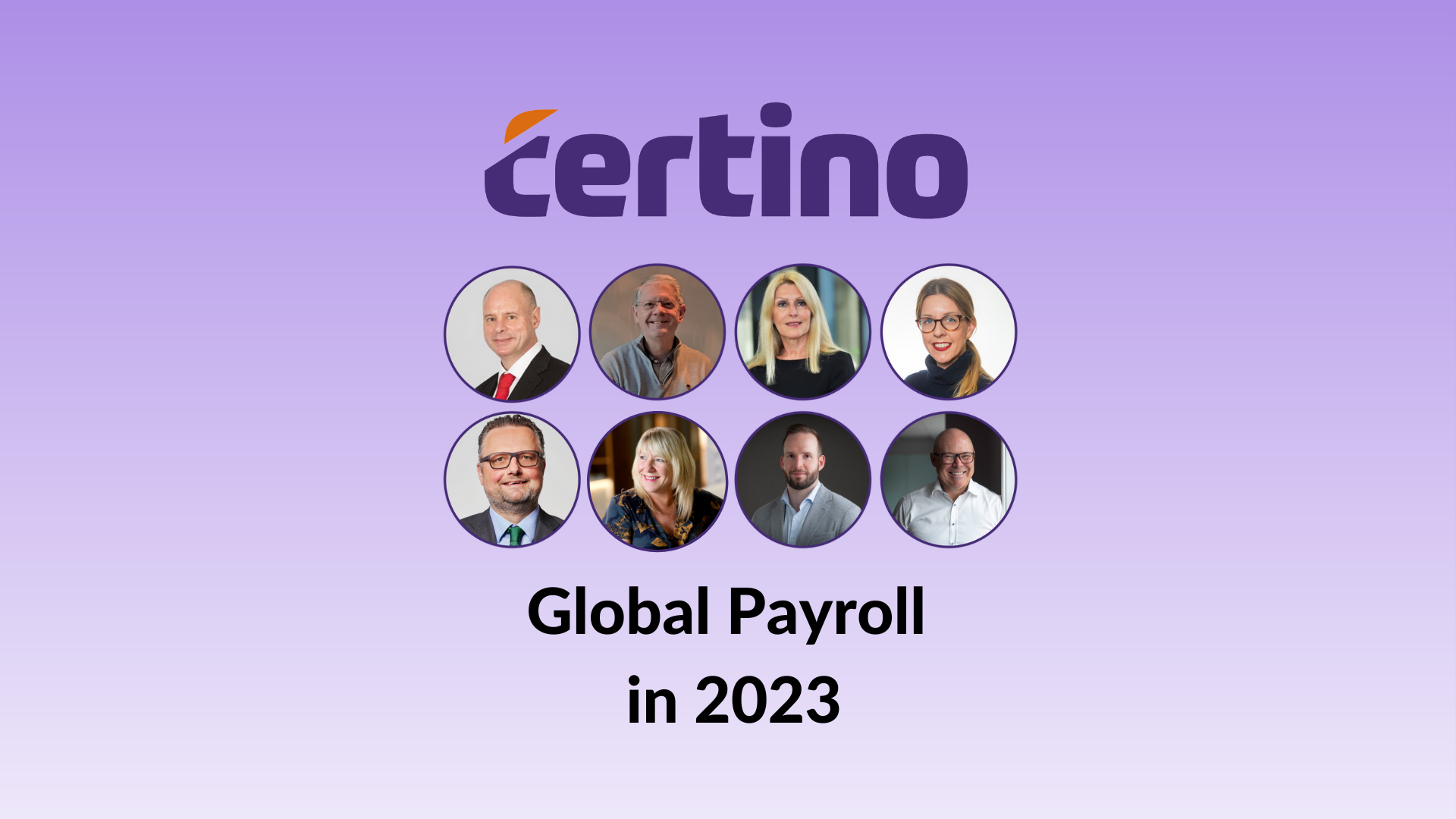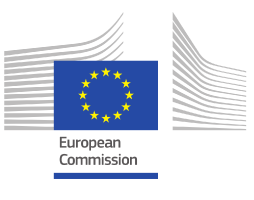Global Mobility teams are continuously looking for ways to save time, reduce errors, and generate efficiencies. It has become increasingly clear that the shape of work needs to be adapted for a new future, and companies are seizing the opportunity to fundamentally redesign global mobility functions to make them future fit.
The reality is technology is already transforming the global mobility space.
We’re seeing a monumental shift; from monolithic platforms to integrated cloud-based technology solutions. While monolithic applications have difficulty adopting new and advanced technologies, specialist integrated solutions can be easily deployed and constantly updated.
For instance, advancements in the global mobility space are revolutionising the way we work, simplifying shadow payroll, strengthening compliance, and helping to make significant savings.
This article examines 2022 global mobility technology trends and what you need to consider when implementing new solutions.
How the global mobility technology landscape is evolving
Some two decades ago, global mobility technology emerged with a focus on using monolithic platforms for very basic workflows and data management. Fast-forward 20-plus years, and today’s technology is truly transforming how areas of global mobility and shadow payroll work.
It’s redefining what’s possible in our industry.
Today’s technology is allowing companies to understand what is happening with their workforce around the world, leveraging connected data to provide better processes, to inform strategic decision making and help companies stay on the right side of increasingly complex compliance legislation and administration.
In terms of technology and operation processes, global mobility management is moving from manual tasks, rigid reports, and in-person services to fully streamlined process automation and enhanced employee experiences.
The pandemic has forced businesses to divert budget to software solutions that support a more remote work infrastructure, given many industries have been forced to undergo significant changes to their business models. Others have had to upgrade technology infrastructure to maintain efficiencies and competitive advantage.
Companies can expect this type of technology spending to continue or even increase in 2022 - as more automated and digital-first business models become permanent.
Trends influencing the global mobility technology in 2022
As we’ve already touched on, teams responsible for managing globally mobile workforces have traditionally used a range of technologies. Those that didn’t rely on fallible Excel models, and email messages, typically utilised complex monolithic platforms.
Yet, with the assignment landscape changing faster than ever, we have seen increasing demand for automated and integrated mobility management technologies. The pandemic has accelerated the adoption of such technologies. Over a third of companies are likely to increase the use of Artificial Intelligence and automation in order to mitigate the impact of a potential downturn, according to Mercer’s 2020 Global Talent Trends study.
What’s more, the impact of the pandemic, improvements in software innovations, and the growing expectations of a new generation of expatriates is already being felt in day-to-day operations.
These technological developments go hand-in-hand with a business need for real-time shadow payroll data reporting, improved compliance and the use of metrics and analytics to support decision-making.
Global mobility teams need to adapt to these new ways of working, and new solutions are already available (such as Certino’s shadow payroll platform) to help manage complex shadow payroll programmes.
Certino’s platform brings together all aspects of a company's shadow payroll process and puts all their data in one place, to simplify workflows, lower costs, and reduce compliance risks.
With the ability to hold high volumes of data securely, these systems promote convenient and accurate reporting, something which legacy tools like Microsoft Excel are notoriously poor at.
Integration will be key
Of course, integrating technology is not easy and there will be hurdles along the way. Some of the biggest headaches include integration, configuration, change management, project management, and reporting.
If you’re a global mobility or tax leader planning your own technology implementation, there are several considerations to both minimise short-term challenges, and maximise long-term value.
1. Integration with existing technology solutions
Shadow payroll shouldn’t be managed in isolation, this implies a degree of system integration. Look for cloud-based solutions with API capabilities for ease of integration with existing systems.
2. Integration with ‘Big Four’ solutions
It’s rarely possible to implement a new solution without taking into account processes managed by the ‘Big Four’ firms. Ensure the system you choose has the ability to complement, rather than disrupt, these processes.
3. Implementing systems
In the past, large implementations lasting months were the norm, and this was a barrier to success for small, busy mobility teams. Nowadays, implementing new tools can be done in far less time. We recommend you look for solutions that can provide a clear and well planned implementation roadmap. Modern API-based platforms can connect easily to HR technology systems to minimise touchpoints and streamline communication.
4. Configuring systems
Large enterprises often require bespoke configuration. If this is important for your company, ensure your chosen platform allows for bespoke configurations. Furthermore, the landscape of a company and its IT set-up are likely to dictate what is required from any solution and will drive the choice of what to automate and what to integrate.
5. Build a single source of truth for data
Global Mobility teams need a single source of truth where every piece of information is reliable and up-to-date. Yet the data required for shadow payroll may currently be hosted in different systems and in different countries. Look for platforms that allow you to migrate data into one unified hub.
Adopting automation and gradually integrating workflows within existing processes will allow Global Mobility teams to focus on lowering costs and improving operational efficiency by creating a more nimble and effective function.
Transform your rate of innovation
There is no off-switch for the rate of innovation. Even if technology is not yet being utilised, many mobility teams are taking steps to future-proof the function, starting with smaller, simpler solutions that can be quickly implemented and grow as the business expands.
Today’s global mobility technology is building more transparency, increased cost savings, providing far better insight, and is providing much faster answers.
At every stage in global mobility, there is scope for technology to support, if not drive, enhancements that can save time and money. With increasing risk associated with mobilising talent on a global scale, we expect organisations to take advantage of technology to improve the efficiency and effectiveness of their mobility programmes.
Will your company make the most of these trends to pursue new heights of rapid innovation, improved compliance, and significant efficiencies?
To understand your current level of shadow payroll maturity, you can read our latest blog here.








